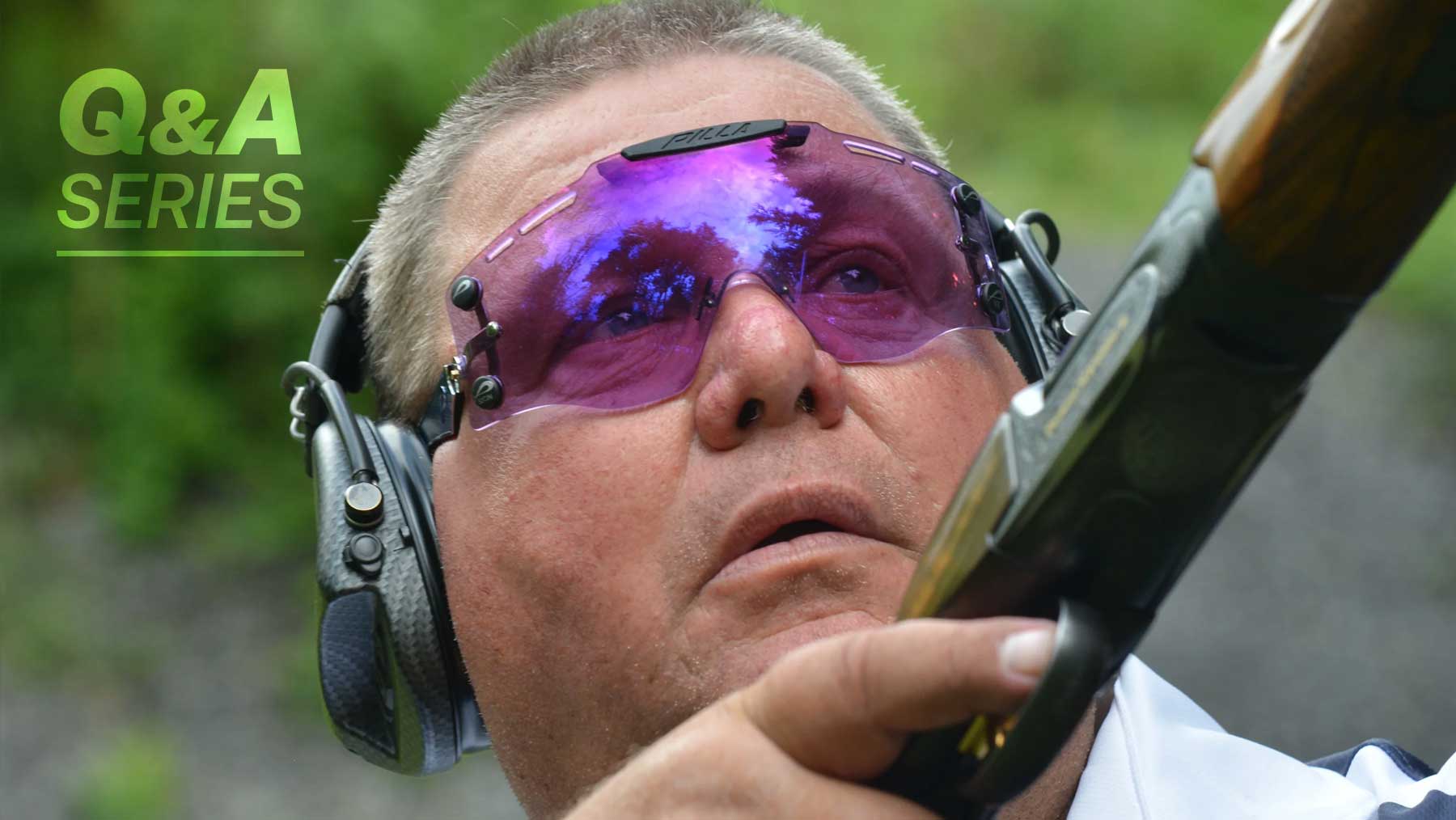Trap Shooting, Skeet Shooting, Sporting Clays or Helice?
In trap, targets are launched from an oscilatting trap and fly away from the shooters, who stand 16 yards away or further. A round of trap consists of 25 targets. There also doubles events in which two targets are released simultaneously, and handicap events in which shooters stand further from the trap house based on their ability.
Skeet involves shooting targets thrown from a high house and a low house in a prescribed order. Shooters move in a semicircle between the two houses, and a complete round consists of 25 targets. British skeet, American skeet, and international skeet all have slightly different rules though the layouts are the same.
Sporting clays was designed to present the wide variation of shots that hunters encounter in the field, though it has become a game of its own. No two courses or layouts are the same. Sporting clays normally consists of a 100-bird round shot over multiple stations, with targets generally presented as pairs. The international version of sporting is called FITASC and is shot over 25-bird layouts called parcours.
Sporting also has versions such as 5-stand and Compak, which are designed to present a wide variety of targets within a smaller space. Frequently these layouts are overlaid on a skeet field.
Helice was introduced as a replacement for live pigeon shooting, where pigeons were released out of boxes and had to be shot before a certain distance or they fell over the fence. A helice target looks like a beanie cap with a propeller. They are launched at high rpms and fly erratically – some hug the ground while others soar. Shooters have two shots to hit the bird and break off the “witness” cap, which must fall inside a fence for the bird to be scored as “dead”
This article is adapted from 28-time world champion George Digweed’s videos on shooting, available at claytargetinstruction.com



0 Comments